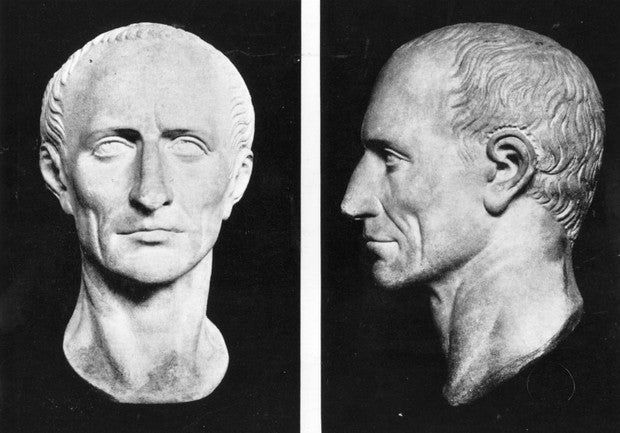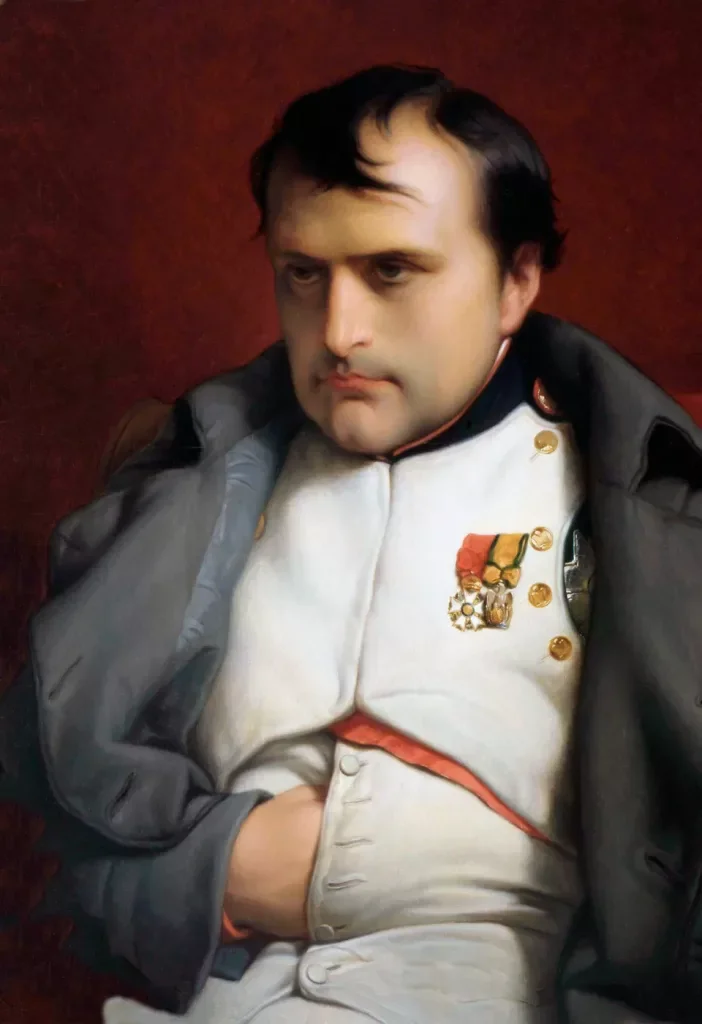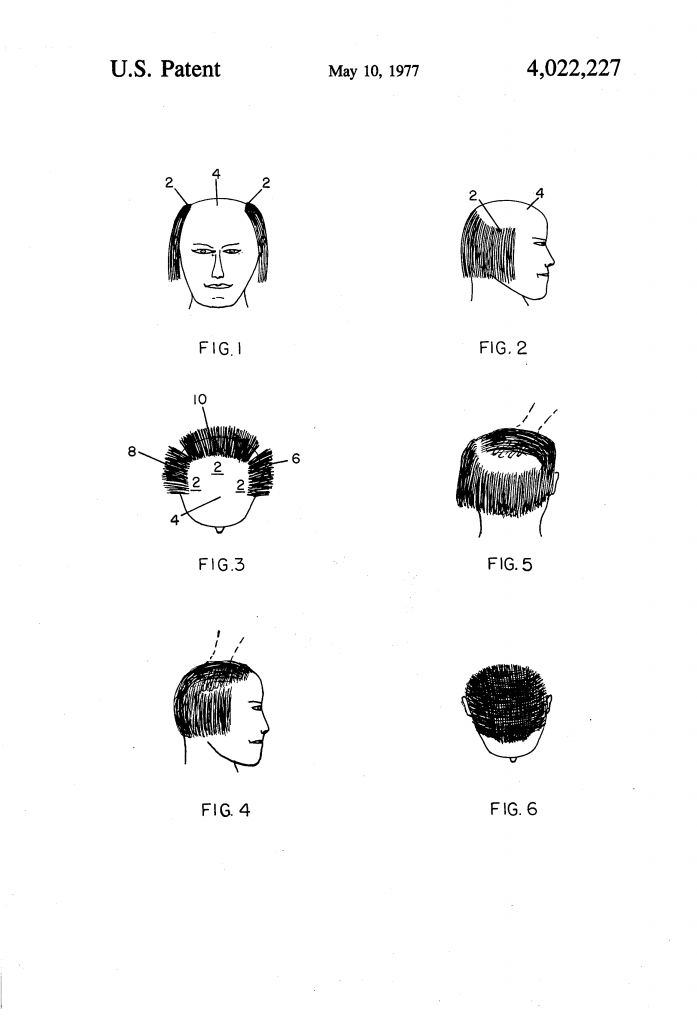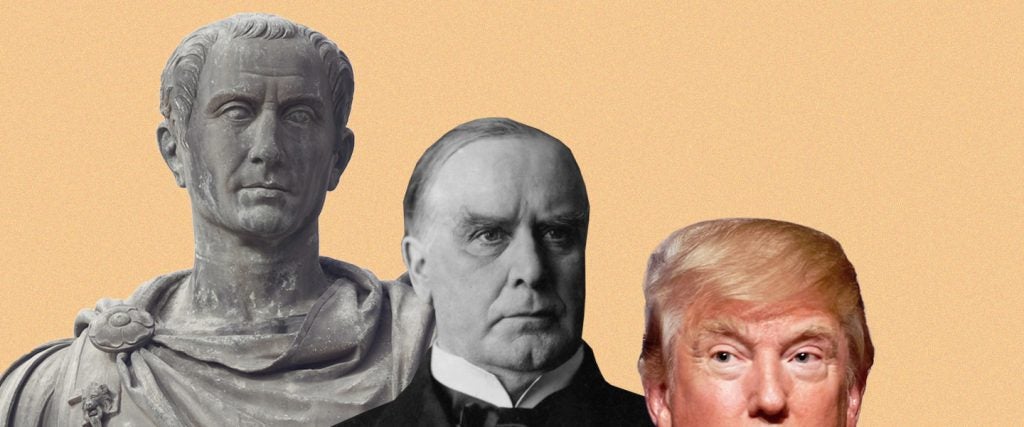I’m running out of time. I’ve known that my hairline is receding for years, but I’ve reached a point where I have to figure out a different kind of hairstyle because of it. When I used to go to the barber, I’d get my hair trimmed on the sides and leave it a bit longer on top with a simple part on the side. But with the change in my hairline and my utter confusion with what to do about it, I’ve left things up to the barber, with varying results. Really, my struggle is twofold — not only am I trying to cope with hair loss, I’m also trying, by all measures, to avoid ever having a dreaded comb-over.
For decades now, having a comb-over to cover one’s baldness has been generally seen as unacceptable. There may be exceptions, but men with prominent, noticeable comb-overs are often regarded as desperate — instead of aging gracefully, they’re seen as hopelessly clinging to a time when they had a full head of hair. Worst of all, for people with advanced hair loss, the comb-over is entirely ineffective. Instead of disguising a man’s baldness, it only accentuates it, thus laying bare their lack of hair and, even worse, their insecurity.
This wasn’t always the case. For at least a couple thousand years, comb-overs were perfectly acceptable and worn by the most powerful men in the world. It was only during the latter half of the 20th century that it all came crashing (flopping?) down.
The man who’s generally considered to be the first guy with a comb-over is Julius Caesar, who was born in 100 B.C. and died 56 years later, to much fanfare. It’s impossible to prove that he had a comb-over as we know it today, but sculptures and other depictions of him seem to show a man with a receding hairline that was combed forward to conceal just how receded it was. This differs slightly from what’s considered to be a comb-over today — a parting at the side over a bald top — but still, Caesar did appear to be hiding his lack of hair by “combing it over,” which is why he’s often seen as the style’s originator.

But just because Caesar may be the earliest known example of the comb-over doesn’t mean he invented it. Combs have been around for at least 5,000 years, and hair loss has been around since cavemen, so he probably wasn’t the first guy to try hiding his hair loss. But since he was the Emperor of Rome, there was plenty of reason to sculpt and paint the guy, meaning his comb-over may just be the first to be depicted in history.
For the next 2,000 years, the comb-over was a pretty common way to hide — or try to hide — a lack of hair. Just a few hundred years after Caesar, the Roman Emperor Constantine — who ruled from 280 to 337 A.D. — also sported an apparent comb-over. He wore the same combed-forward look as Caesar, which many historians believe was to conceal baldness. In the 1500s, German religious leader Philip Melanchthon, who was instrumental in the founding of Protestantism, sported a comb-over. Then there was King Charles IX, who ruled Sweden from 1604 to 1630. His comb-over was perhaps the strangest in history, as he used his hair remnants to depict a cross.

King Charles IX was the exception, though, as most men with comb-overs try to conceal hair loss, not accentuate it. It’s no wonder why, either. “A healthy head of hair symbolizes good health, and ‘healthy’ is sexy as hell,” explains dermatology professor Kurt Stenn, author of Hair: A Human History. Aside from survival, our single most primal instinct is to attract a mate, and to do that, it usually helps to feel and be seen as confident and healthy. While the comb-over might not always be a convincing way to symbolize health, youth and virility, the objective behind it was always to convey that.
From about 1600 to 1800, the comb-over became less important in certain circles, as powdered and otherwise fanciful wigs became popular among upper-class men in Europe and America. Hygiene was a major reason for this. “People weren’t bathing as much back then, and by wearing a wig, you were less susceptible to lice and other issues associated with hair and lack of hygiene,” explains Charlotte Fiell, a stylist and author of the book Hairstyles: Ancient to Present.
As the historical website The American Battlefield Trust adds, wigs also came into style thanks to two prominent men in Europe. The first was King Louis XIV of France, who went bald as a teenager and ruled France from 1643 to 1715. The other was King Charles II of England, who wore a wig around the same time due to his graying hair. Before long, wigs became a status symbol, only for this to reverse course during the French Revolution in the late 1700s when status symbols became the last thing anyone wanted to be associated with. During roughly that same time period, the comb-over would reappear on a very prominent man in power: Napoleon, who ruled France from 1799 until 1815.

From 1800 until the mid-1900s, things were going just fine for the comb-over. President William McKinley, who was elected in 1896, had something of a comb-over, as did General Dwight D. Eisenhower during World War II. Actors had them too, including Zero Mostel and Don Rickles, both of whom sported them from the 1950s until the late 1970s (when Mostel died and Rickles opted to just be bald instead).
There was also something of a strange entry in comb-over history in 1977, when Frank J. Smith and his son Donald J. Smith patented the comb-over. Though the hairstyle was nothing new at the time, the duo developed a complex, almost Trumpian version that involved not just combing the hair over from one side, but from both sides and the back. Apparently, they thought it was so innovative that it should be patented and, even more surprisingly, the U.S. Patent Office agreed.

Unfortunately for them, the hairstyle didn’t catch on — by 1977, the comb-over was already in decline. Hair plugs, which came about in the 1950s, played a major role. They were pretty shitty and noticeable at first, but over the next few decades, plugs would gradually become more natural-looking. There was also the invention and popularization of Rogaine, which began to be prescribed for balding in the 1980s and was officially approved for this purpose by the FDA in 1988.
But perhaps the most significant change came about in fashion, as men with entirely bald heads became acceptable in the second half of the 20th century. The man most widely credited as beginning the trend was Russian-born actor Yul Brynner, who shaved his head in 1951 for his role in the Broadway play The King and I. Brynner was already losing his hair when he got the part as the King of Siam at age 30, and the costume designer for the play suggested he shave his head completely, wrongfully assuming that the real King Monkut had been bald. Although the script never called for a bald king, Brynner’s shiny head made him look especially striking, so he kept it for all 4,625 of his performances in the part, as well as for the 1956 film, for which he won an Oscar.
Amid all of this, Brynner became a bit of a sex symbol, paving the way for other bald-headed men to shave it all off. In the 1970s, Telly Savalas became a bald icon in the cop show Kojak, and in the 1980s, a hairless Patrick Stewart came on the scene as Star Trek’s Captain Picard. In the 1990s, Michael Jordan and Bruce Willis continued the tradition, and in the last two decades, Dwayne “The Rock” Johnson, Vin Diesel and Jason Statham have kept it going.
But while the comb-over has been disposed of in most circles, there is one area where it remains prominent: politics. The most obvious example, of course, is Donald Trump, whose complex efforts to cover his hair loss were a punchline well before his presidency. Also, for years, his cronie Rudy Giuliani was known for his comb-over, which he kept throughout his reign as the Mayor of New York in the 1990s, only to finally shed it in 2003. John McCain also kept his comb-over until he died in 2018. Nowadays, the tradition of bad political comb-overs is carried on by Republican Senator Marco Rubio and Democratic Senator Tom Carper. Overseas, this holds true as well, as Belarussian dictator Alexander Lukashenko still has a comb-over; the same goes for Russian President Vladimir Putin.
Why it’s remained acceptable in political circles is curious, but perhaps it has to do with age. The average age of a U.S. Senator is 64, and the average age of a member of the House is 58, which might explain why they’re considerably behind the times. Whatever the reason, the comb-over seems to be alive and well in the political realm. So I pretty much have two options as my own hair continues to recede: 1) Shave it all, or 2) get into politics.
Make the comb-over great again, I guess?

